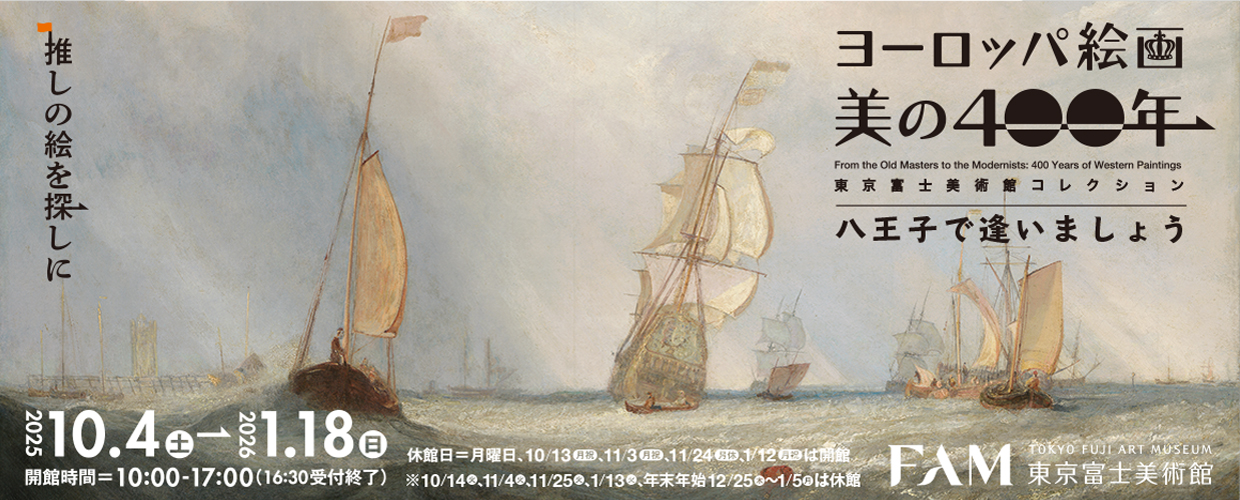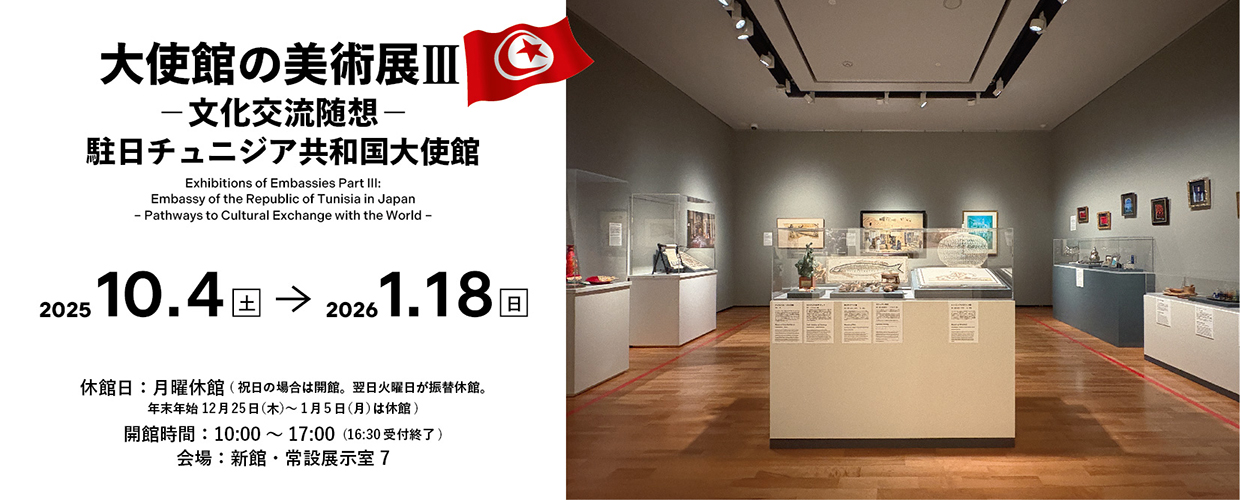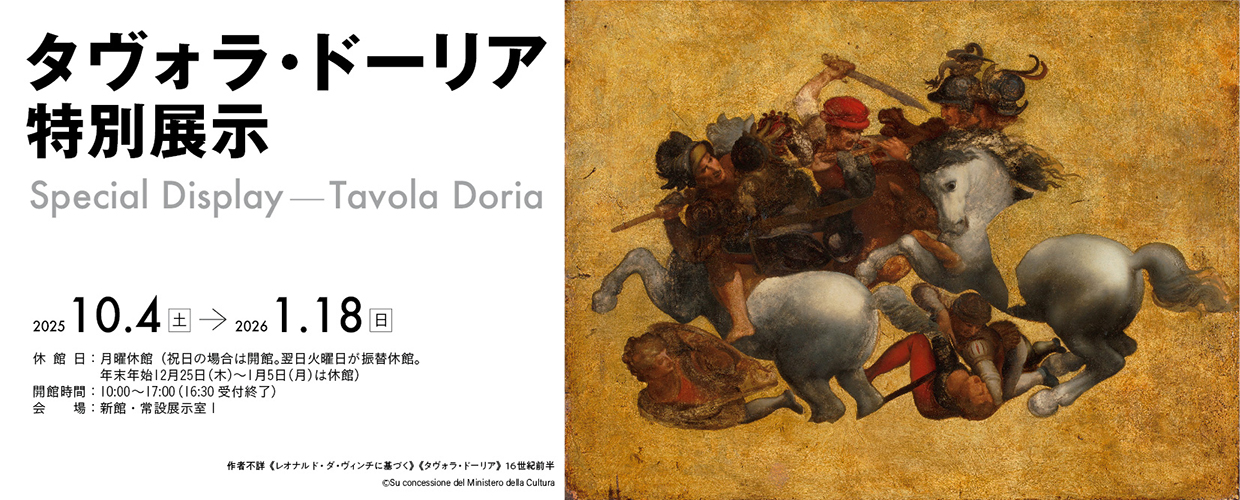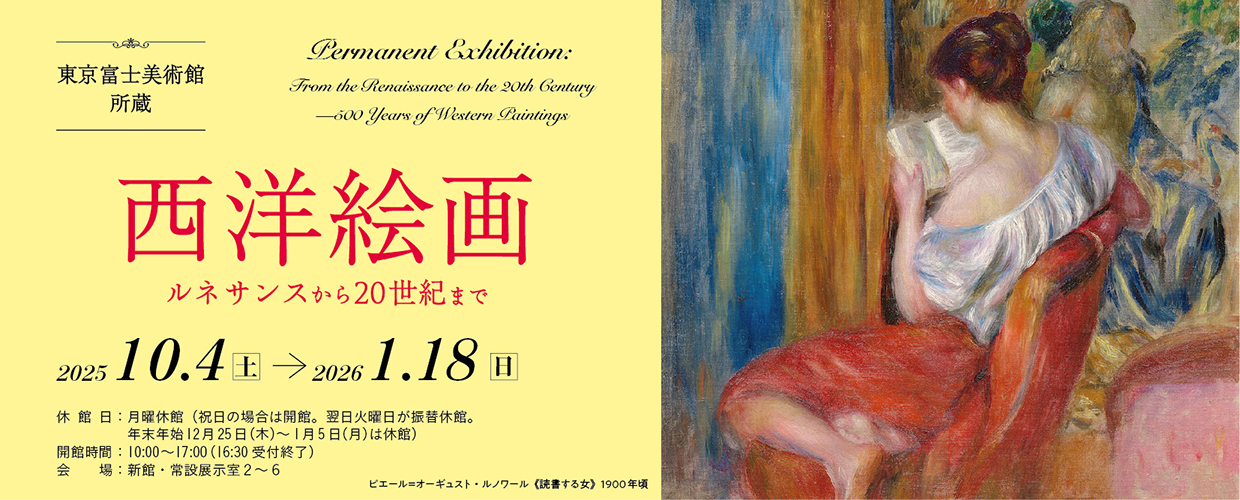1940 (Showa 15)/Color woodblock print on paper
36.3 x 24.3 cm
SUMMARY
Morning in Moto-Yoshiwara is one of the twenty-six pieces making up the series Selection of Views of the Tokaido, produced between 1931 and 1947. Moto-Yoshiwara was located along the coast to the south-west of what is Fuji City today. The Yoshiwara post town was originally located there, but was moved inland due to the prevalence of high waves – so it became known as Moto-Yoshiwara (“Former Yoshiwara”). In this piece the perspective is slightly raised, expressing the majesty of a snow-covered Mount Fuji from a view unimpeded by the houses of the town. While the houses in the foreground are defined in strong lines, the mountain in the distance is depicted in light and pale colors, emphasizing the perspective and conveying the divinity of the sacred mountain.
ARTIST
Kawase Hasui
1883-1957
Kawase Hasui was born in Tokyo with the real given name of Bunjiro, and passed away there too. He studied Western-style art at the Hakuba-Western Art Research Institute under Okada Saburosuke. In 1910 he became a student of Kaburaki Kiyokata. Inspired by Eight Views of Omi by Ito Shinsui, who was working in the same studio, Hasui started new printing work from 1914. In the same year, he published Shiobara Okane Road and two other prints through the Watanabe printing firm. In 1920 he cemented his reputation as a print artist with the collection Souvenirs of Travels, First Series. He always worked on landscape printing, such as the 1919 series Tokyo Juni Dai (“Twelve Scenes of Tokyo”) and the 1926 series Nihon Fukei Senshu (“Selection of Scenes of Japan”), pioneering new frontiers with a rich sense of travel and lyricism. In 1953 the creative process of Zojoji no Yuki (”Snow at Zojoji Temple”) was documented by the Cultural Properties Protection Committee.
List of artworks by the same artist
INFORMATION
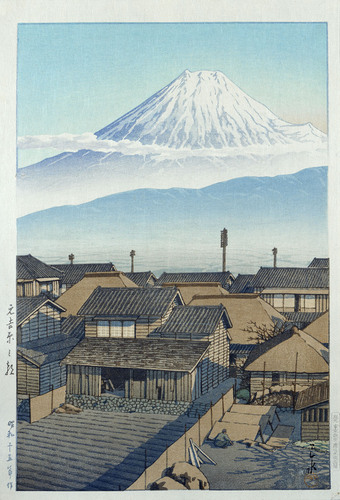
Saturday, March 29 - Sunday, May 25, 2025
From Edo to Modern Times: The Ukiyo-e Collection of the Tokyo Fuji Art Museum Soka Art Museum (Kaohsiung, Taiwan)
EXPLORE

You can search and browse content on a platform across museums and archival institutions nationwide, and create My Gallery (online exhibition).

